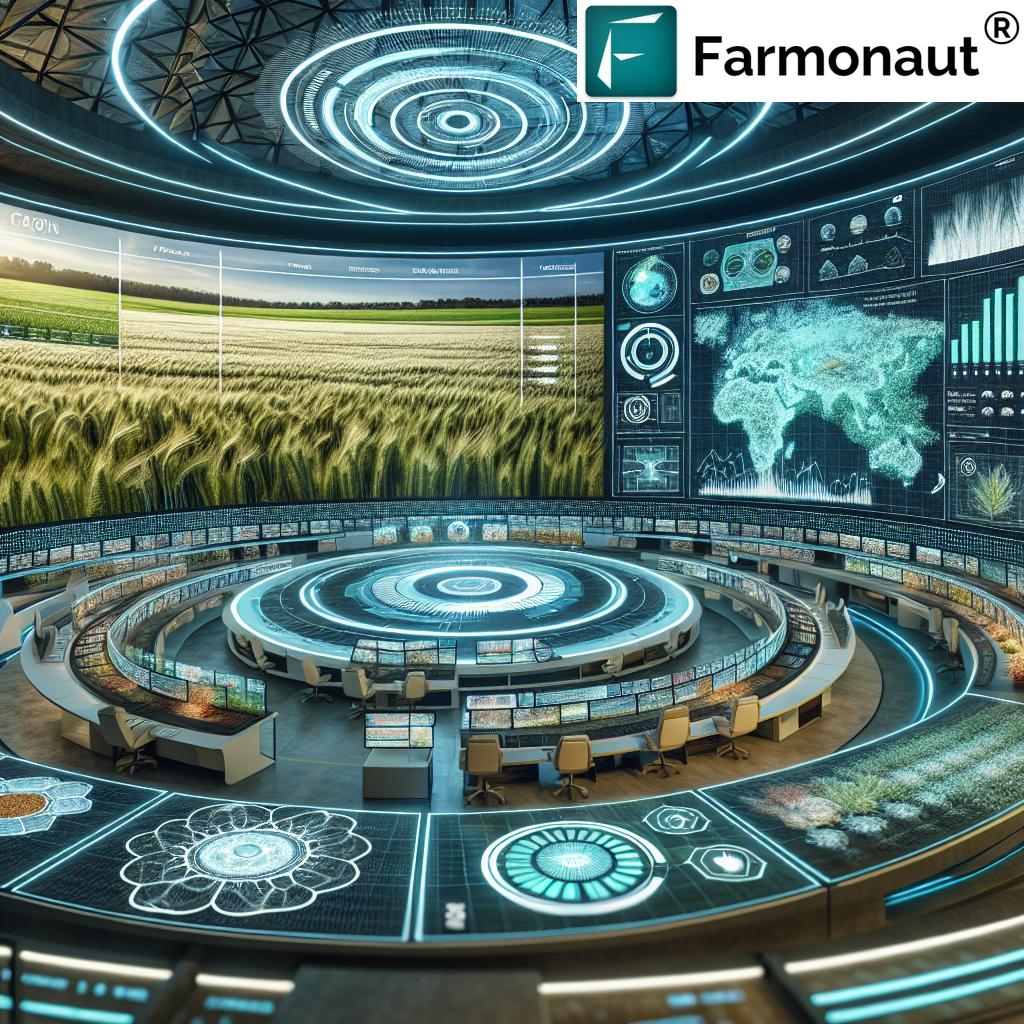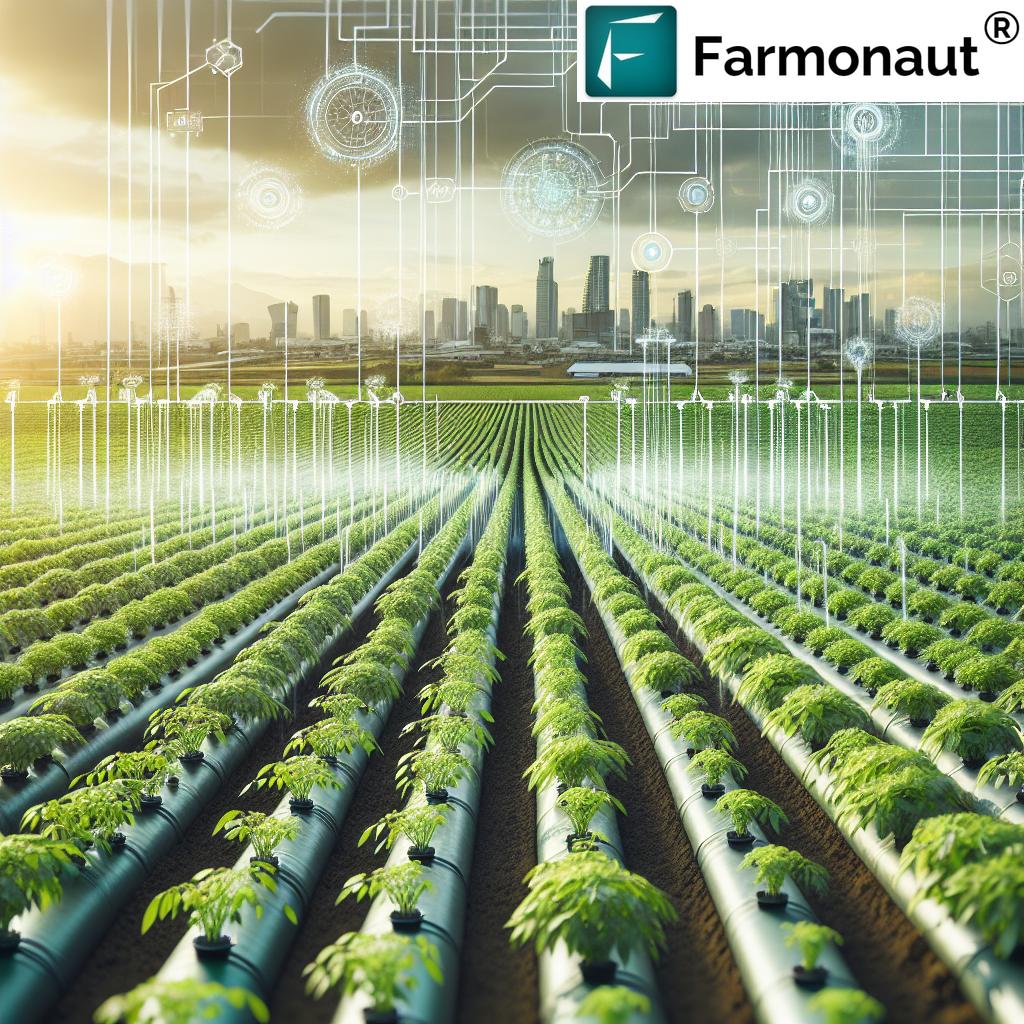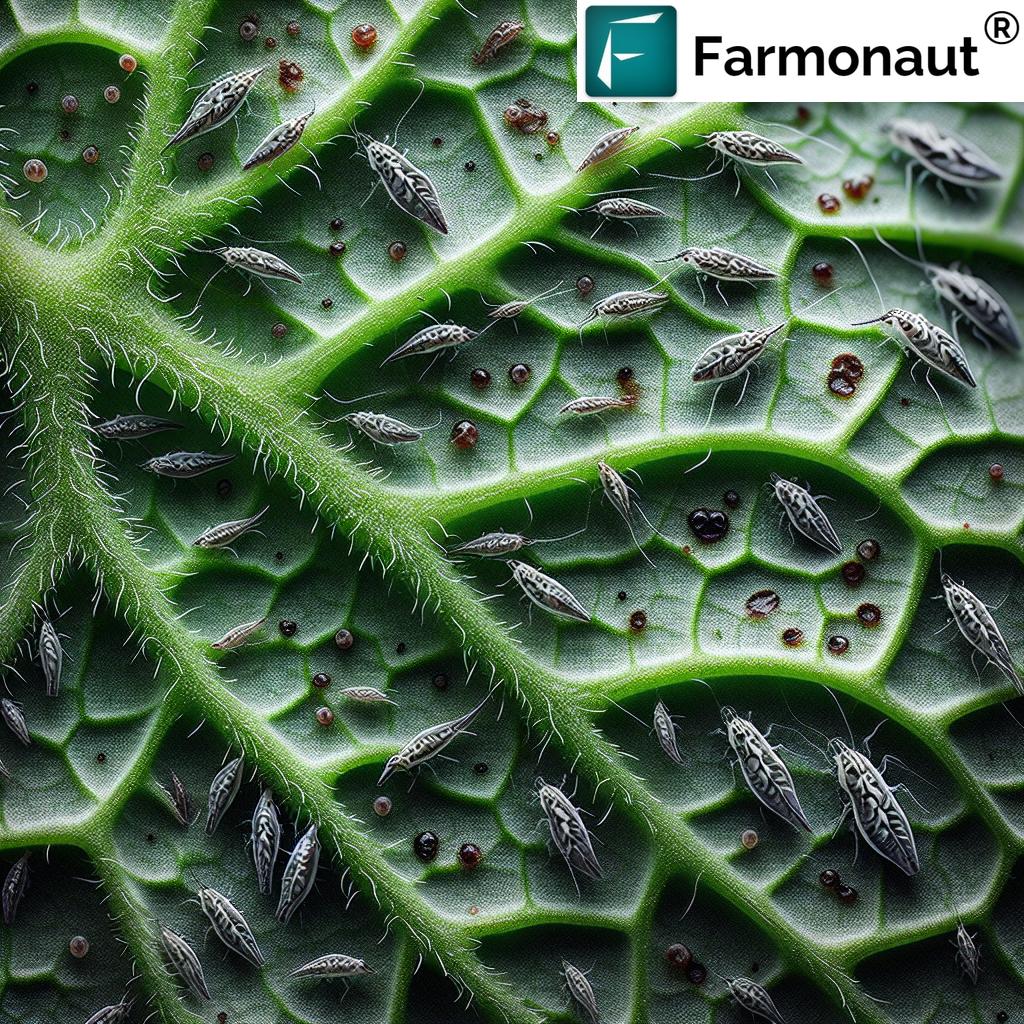Agdrone, Buy Drone for Agriculture: 7 Powerful 2025 Benefits
Keyword Focus:
agdrone, buy drone for agriculture, drones, farmers, crop, drone, agricultural, agriculture, agdrones, 2025, use, data, precision, resource, irrigation, technology, traditional, farming, efficient, management, yields, software, health, multispectral, stress, water, reducing, costs, land, spraying, time, labor, adoption, sustainable, modern, aerial, equipped, sensors, cameras, monitor, soil, pest, farmlands, manual, enable, fertilizers, pesticides, environmental, impact, monitoring, early, thermal, factors, levels, helps, improving, farm, many, fields, planting, machinery, strategic, buying, food, production, recent, years, transformed, practices, operations, advance, concept, purchasing, specifically, designed, referred, become, essential, seeking, enhance, optimize, increase, specialized, unmanned, vehicles, uavs, advanced, tailored, conditions, activity, unlike, recreational, built, cover, extensive, quickly, gather, precise, otherwise, obtain, scouting, buy, optimization, providing, detailed, imagery, allow, identify, areas, visible, naked, eye, insight, equips, apply, needed, waste, cutting, minimizing, primary, functions, detect, diseases, infestations, capture, images, highlighting, plant, variations, measuring, chlorophyll, heat, detection, take, timely, corrective, action, limiting, loss, overall, productivity, proper, critical, maximizing, conserving, scarce
Table of Contents
- Introduction to Agdrone Technology and Trends for 2025
- How Agdrone, Buy Drone for Agriculture Is Transforming Farming
- 7 Powerful Agdrone Benefits in 2025
- 1. Precision Farming and Resource Optimization
- 2. Advanced Crop Health Monitoring with Agdrones
- 3. Efficient Land and Irrigation Management
- 4. Improved Planting and Precision Spraying
- 5. Time and Labor Savings with Agdrone Adoption
- 6. Real-Time Data, Analytics and AI-Powered Farm Management
- 7. Sustainability and Environmental Impact
- Comparative Benefit Table: Traditional Farming vs. Agdrone Technology (2025)
- How to Select the Right Agdrone in 2025
- Regulatory Environment and Drone Compliance for 2025
- Farmonaut and Satellite Technology: The Next Level of Precision Agriculture
- FAQ: Agdrone, Buy Drone for Agriculture, and Precision Tech (2025)
- Conclusion & Future of Agdrone in Modern Agriculture
Introduction to Agdrone Technology and Trends for 2025
The agricultural landscape has undergone a seismic shift in recent years. Entering 2025, the adoption of agdrone and buy drone for agriculture practices is not just a trend—it’s the new standard in modern farming. These specialized unmanned aerial vehicles (UAVs), designed specifically for agriculture, harness advanced technology to empower farmers in improving yields, managing resources, and achieving sustainable results across farmlands of all sizes.
Why Focus on Agdrone in 2025? With the global population climbing, land and water becoming scarce resources, and climate variability impacting crop production, agricultural drones or agdrones offer a crucial link to efficient, data-driven, and environmentally responsible practices. Investing in an agdrone—buy drone for agriculture—not only delivers precision but actively enhances decision-making using together a host of software, cameras, sensors, and AI analytics.
Below, we explore the top 7 agdrone benefits for 2025 and beyond. But first, let’s understand how this technology is transforming traditional farming.
How Agdrone, Buy Drone for Agriculture Is Transforming Farming
Agdrones are specialized drones—unlike recreational UAVs—built to cover extensive farmlands quickly and gather precise data through advanced multispectral and thermal sensors, cameras, and AI-powered software. These drones monitor crop health, soil conditions, irrigation systems, and pest activity, providing data that is otherwise impossible or time-consuming to obtain manually.
Farmers adopting these tools are seeing:
- Increased crop yields and profitability
- Reduced input costs by applying fertilizers and pesticides with precision
- Better water use through accurate irrigation monitoring
- Faster, more efficient operations, especially on large or difficult terrain
- Comprehensive, actionable data for strategic farm management
“Agricultural drone technology can cover and analyze up to 100 hectares in less than 30 minutes.”
Let’s break down the most compelling benefits for farmers considering to buy drone for agriculture in 2025.
7 Powerful Agdrone Benefits in 2025
1. Agdrone Powers Precision Farming and Resource Optimization
Agdrones have redefined precision farming. Through detailed aerial imagery and multispectral data, they allow farmers to identify areas of crop stress and resource inefficiency. With this insight, it’s now possible to:
- Apply water, fertilizers, and pesticides only where needed—cutting input costs and minimizing environmental impact
- Monitor crop growth stages and recognize variations in chlorophyll levels, soil moisture, and plant vigor
- Facilitate variable-rate application systems, ensuring every crop receives tailored care
- Reduce resource waste and improve overall farm efficiency
For large-scale farm management, precision agriculture with agdrones can be complemented by Farmonaut’s Large Scale Farm Management App, which uses satellite technology for even broader oversight. This tool empowers managers and consultants to oversee hundreds or thousands of fields with intuitive dashboards and satellite-sourced data—making farm operations even more efficient.
2. Advanced Crop Health Monitoring with Agdrones
One of the primary functions of an agdrone is to monitor crop health—from early germination to harvest. Equipped with advanced multispectral and thermal sensors, these drones capture images that reveal:
- Areas exhibiting water or nutrient stress
- Regions of
disease or pest activity - Differences in plant health levels before symptoms are visible to the naked eye
- Subtle variations in chlorophyll content, allowing for timely corrective action
Early detection with agatrones helps limit crop loss by enabling fast, targeted responses—improving overall yields and supporting healthy crops.
You can access real-time crop health monitoring with satellite precision on the Farmonaut app. Our platform leverages satellite and AI-driven insights to give actionable, scalable views of fields—all remotely and at a fraction of the traditional scouting cost.
3. Efficient Land and Irrigation Management
With water becoming an increasingly scarce resource, proper irrigation management is critical to maximizing yields while conserving water. Agdrones monitor soil moisture levels and capture infrared imagery to map water stress in crops, enabling:
- Precision irrigation scheduling, ensuring water is delivered just where and when needed
- Detection of leaks or inefficient zones in irrigation systems
- Prevention of overwatering or underwatering for sustainable long-term farm management
For those looking for satellite-based irrigation optimization, Farmonaut’s Soil Moisture Monitoring tool—integrated in our app—can further enhance agdrone data by offering consistent remote-sensing soil moisture analysis to optimize irrigation cycles.
4. Improved Planting and Precision Spraying
Modern agricultural drones are used not just for monitoring but also for planting seeds and applying fertilizers or pesticides. Through automated GPS-guided precision spraying, agdrones:
- Reduce chemical use by targeting only the identified problem areas—dramatically cutting costs and preventing unnecessary environmental exposure
- Protect farm operators by minimizing their direct contact with agrochemicals
- Enable access to wet, muddy, or uneven terrain where traditional machinery finds it difficult to operate
For those with large or fragmented plots, buying an agdrone for spraying ensures that operational windows—especially after storms—are met efficiently, directly impacting overall production and profitability.
5. Time and Labor Savings with Agdrone Adoption
In 2025, time is a critical resource in farming operations. Manual inspection of extensive farmlands is labor-intensive and time-consuming. Agdrones can:
- Survey hundreds of acres in minutes, not days
- Reduce the need for routine field scouting, freeing up labor for more strategic tasks
- Slash labor costs, a crucial factor amid workforce shortages
For contract farming operations with dispersed fields, buying an agricultural drone translates to significant time, labor and resource savings within just a single season.
6. Real-Time Data, Analytics and AI-Powered Farm Management
The true advantage of agdrones in 2025 lies in their ability to gather and deliver actionable data fast. When paired with advanced software and AI platforms, farmers can:
- Receive automated, real-time notifications about crop stress, pest outbreaks, or irrigation needs
- Visualize trends over time and perform predictive analytics
- Connect agdrone data seamlessly to satellite-based platforms like Farmonaut for even more comprehensive, field-wide advisory
Jeevn AI, part of the Farmonaut platform, can analyze and translate this flood of multispectral and aerial imagery into precise, actionable advisories on disease outbreaks, weather impacts, or optimal input timings—all accessible through mobile and web.
7. Sustainability and Environmental Impact
Emerging international regulations and market preferences are driving sustainability into the core of modern agriculture. Agdrones offer transformative solutions in reducing agriculture’s environmental footprint by:
- Minimizing unnecessary fertilizer and pesticide application and reducing runoff
- Cutting down on carbon emissions compared to heavy machinery
- Helping farms document sustainability practices for regulatory and consumer transparency
Farmers using agdrones to buy drone for agriculture can also make use of Farmonaut’s Carbon Footprinting Tool—a solution to track and reduce greenhouse gas emissions in agricultural operations, helping document compliance and support carbon credits.
Comparative Benefit Table: Traditional Farming vs. Agdrone Technology (2025)
| Farming Method | Benefit Area | Estimated 2025 Impact |
|---|---|---|
| Traditional | Crop Yield | Baseline; limited by manual scouting |
| Agdrone | Crop Yield | +15% (via early detection and optimized resource use) |
| Traditional | Resource Efficiency | Baseline; uniform input, high waste |
| Agdrone | Resource Efficiency | -30% pesticide/fertilizer use (precision application) |
| Traditional | Cost Savings | Inconsistent; high labor/input cost |
| Agdrone | Cost Savings | Up to 25% reduction (labour/fertilizer savings) |
| Traditional | Environmental Impact | Often negative (over-application of chemicals, fuel use) |
| Agdrone | Environmental Impact | Minimized: less chemical run-off, lower carbon emissions |
| Traditional | Labor Requirement | High (manual scouting/spraying) |
| Agdrone | Labor Requirement | Very Low (remote monitoring, automation) |
| Traditional | Data Precision | Low (subjective & time-limited) |
| Agdrone | Data Precision | High (multispectral, thermal sensing, real-time) |
| Traditional | Crop Health Monitoring | Manual, periodic (risk of late detection) |
| Agdrone | Crop Health Monitoring | Continuous, automated, early intervention (+20% faster) |
How to Select the Right Agdrone in 2025
Buying the most suitable agdrone is a strategic decision for any modern farm. Farmers and managers should evaluate:
- Flight time and battery range (critical for covering large fields quickly)
- Payload capacity (impacts how much seed, fertilizer, or sensors your drone can carry)
- Sensor technology (choose between RGB for mapping, multispectral for health, thermal for irrigation diagnostics)
- Software compatibility, data analytics support, and integration with AI platforms for actionable insights
- Ease of use; intuitive controls and real-time data feedback are now essential
- Regulatory compliance; always be sure your drone model and pilot training meet your country’s 2025 standards
- Maintenance and technical support for long-term reliability
For those wanting to extend automation beyond drones, Farmonaut’s Fleet Management Tools support satellite-driven decision-making for all agricultural equipment, helping optimize machinery and vehicle use. See more on Farmonaut Fleet Management.
Need to integrate your drone or field imagery directly into your business system via API? Explore Farmonaut API for instant, powerful data flows, or check developer guidelines here.
Regulatory Environment and Drone Compliance for 2025
2025 brings more clarity regarding agricultural drones. Most countries enforce clear rules about:
- No-fly zones and height/area restrictions
- Pilot licensing and training certifications for UAV operations
- Requirements for data privacy and responsible chemical handling
- Mandated maintenance records for drones used in food production
When buying a drone for agriculture in 2025, always check with your local aviation authority for the latest requirements. Most reputable drone sellers offer compliant models with documentation and support.
Farmonaut and Satellite Technology: The Next Level of Precision Agriculture
While agdrones deliver powerful insights at field level, Farmonaut extends this precision across entire regions using multispectral satellite imagery, AI, blockchain, and smart analytics. Our platform offers:
- Real-time monitoring of crop health, irrigation efficiency, and soil conditions
- AI-powered advisories via Jeevn AI for strategic planning and operational efficiency
- Blockchain-based traceability—track every product stage from field to shelf (see full traceability solution here)
- Fleet/resource management tools for logistics optimization (explore fleet management in detail)
- Environmental impact monitoring, including tools for carbon footprinting
- Loans and insurance support (automated, satellite-verified eligibility for credit and protection)
Farmonaut’s modular platform is available as a web, Android, and iOS app—plus API access for integration—making precision agriculture data accessible anywhere, anytime. Whether you operate a single field or a multinational agribusiness, our solutions enhance yield, reduce costs, and support sustainable outcomes in tandem with your agdrone investment.
Try Farmonaut’s satellite-driven agricultural management today:
Need traceability for your agdrone-monitored harvest? See how Farmonaut ensures blockchain-based product traceability for your agrifood supply chain.
Enhance resource optimization for machinery and vehicles with Farmonaut’s fleet management solution, reducing maintenance and operational costs for all equipment—not just drones.
Farmonaut Plans & Subscriptions:
Flexible, transparent, and affordable satellite-driven solutions to scale with your farm’s needs. Instant signup below:
FAQ: Agdrone, Buy Drone for Agriculture, and Precision Tech (2025)
What is an agdrone and how is it different from recreational drones?
An agdrone is a specialized agricultural drone equipped with advanced sensors, cameras, and software tailored for crop health monitoring, soil analysis, precision spraying, and field mapping. Unlike recreational or photography drones, agdrones are designed for industrial-strength performance and can cover large farmlands while capturing detailed multispectral data essential for modern farming operations.
How do agdrones help with precision agriculture?
Agdrones utilize high-resolution cameras and multispectral sensors to provide real-time aerial imagery, identifying plant stress, detecting diseases, and mapping variable-rate input zones. This enables farmers to optimize resource application, minimize waste, enhance yield, and improve environmental sustainability—all key goals of precision farming.
What should I consider before buying a drone for agriculture in 2025?
Key factors include flight time, payload capacity, sensor options (RGB, multispectral, thermal), compliance with local regulations, integration with data analysis software, and post-purchase support. Assess your farm size, specific needs, and whether you require drone-based spraying or simply focus on monitoring.
Can I use agdrones together with satellite-based monitoring?
Absolutely. Combining agdrones for frequent field-level analysis with satellite-based tools like Farmonaut enables comprehensive, seamless oversight—from daily scouting to season-wide monitoring and documentation for compliance or traceability.
Are there rules about flying agricultural drones?
Yes. By 2025, most countries have established regulations for commercial drone use, especially in agriculture. These include no-fly zones, required training for operators, height and distance limitations, and restrictions regarding drone-enabled spraying. Always check your local authority’s guidelines and ensure your drone and its pilot are certified and compliant.
How does agdrone adoption support sustainable agriculture?
By reducing unnecessary chemical and water use, decreasing carbon emissions, and enabling precise field interventions, agdrones actively boost sustainability throughout the agricultural cycle. Tools like Farmonaut’s Carbon Footprinting help monitor and display this progress for compliance and consumer confidence.
Where can I learn more or get started with Farmonaut’s precision agriculture tools?
Download the Farmonaut app on Web, Android, or iOS. API access for automation and integration is available at Farmonaut API.
Conclusion & Future of Agdrone in Modern Agriculture
As 2025 ushers in new challenges and opportunities—climate change, resource scarcity, food security—agdrones are at the heart of the transformation. Buying a drone for agriculture is no longer a luxury: it’s an essential investment for farmers seeking to enhance yields, optimize resources, and implement sustainable management practices.
Precision data from agricultural drones, enhanced by satellite-powered platforms like Farmonaut, is empowering every level of the agricultural value chain to operate sustainably, lower input costs, and meet regulatory and market demands. In the coming years, integration between drones, software, AI, and satellites will become seamless—blurring the lines between machine, field, and information system.
The future is data-driven, efficient, and sustainable—and those embracing agdrone technology today will lead the agricultural landscape of tomorrow.
For farmers and agronomists ready to move beyond traditional scouting and management, the time to buy drone for agriculture and unlock agdrone power is now.
Start your precision agriculture journey with Farmonaut:
Your farm. Your future. Powered by precision, innovation, and agdrone technology in 2025.












